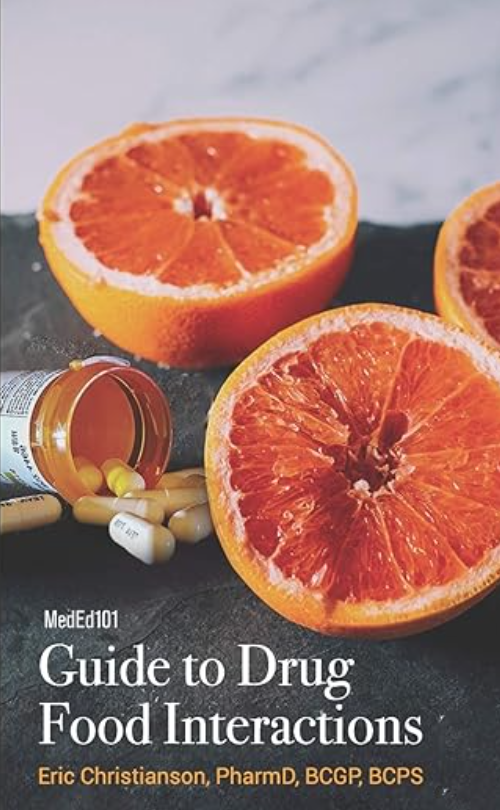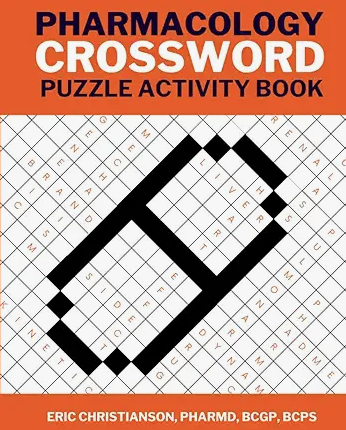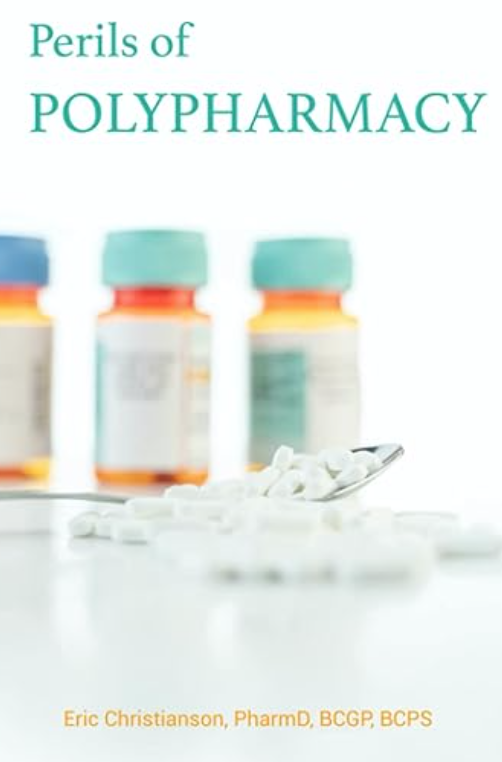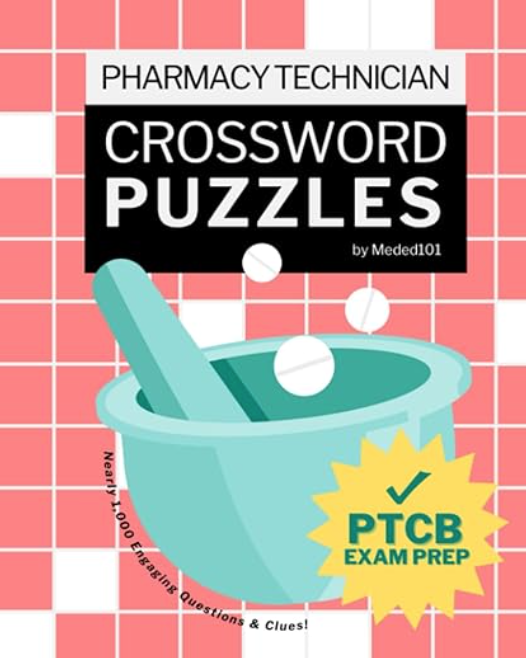There are plenty of mistakes, pet peeves, and oversights I’ve seen with GERD pharmacotherapy. I’m going to outline some of those common mistakes I’ve seen so you don’t make them!
Deprescribing and Reassessment
My biggest pet peeve with GERD medications is a lack of reassessment. This can be due to patients using these medications over the counter without significant clinician supervision. This may also be due to a prescriber asleep at the wheel. Unless long-term use is clinically indicated, make sure that GERD pharmacotherapy is reassessed periodically with the first course of treatment being limited to 4-8 weeks in the case of mild to moderate symptoms. When appropriate, consider appropriate trial dose reductions and don’t go from long-term omeprazole 40 mg BID to nothing. Encourage tapering down slowly for patients who’ve been taking them for a long time.
Lab Monitoring
Lab monitoring is a consideration in patients who are taking long-term PPI therapy. The most common deficiencies with PPI use include vitamin B12 and magnesium. If a patient reports symptoms that may be associated with these deficiencies, checking labs should be of high importance. Don’t overlook these deficiencies as part of the PPI adverse effect profile.
Drug-Induced GERD Symptoms
Even before considering pharmacotherapy for GERD, a medication history should be taken. Some medications will cause significant gastroesophageal problems. NSAIDs, corticosteroids, and bisphosphonates are all common medication classes that can cause esophageal irritation and GERD-like symptoms.
GERD Pharmacotherapy Drug Interactions
Omeprazole combined with citalopram or cilostazol can increase the concentration of each respective agent and increase the risk of adverse effects. This is mediated through omeprazole’s ability to inhibit CYP2C19. CYP2C19 breaks down cilostazol and citalopram. With both medications, clinicians should ideally be proactive in reducing the dose. This is especially true if patients are already taking moderate to high dosages. Citalopram, for example, should be maximized at 20 mg per day when omeprazole is taken with it.
Many medications require an acidic environment for adequate absorption. Cefpodoxime is a cephalosporin antibiotic that meets this criterion. Concentrations can be reduced when using an antacid medication in combination. Iron supplementation may be necessary for patients who have iron deficiency anemia. In patients who are not responding to oral iron therapy, the use of PPIs and other antacids should be reviewed as concomitant use will impair the absorption of iron supplements.
Binding interactions with products like Tums (calcium carbonate) or Rolaids should not be ignored. Levothyroxine, oral quinolone antibiotics, and tetracyclines are all examples of medications that can be bound by metal cations that are found in antacids.
Using Non-Drug Interventions
I get it. Many patients want a medication to solve their problem and be done with it. The easy fix is tempting but I’d strongly encourage you to educate your patient about non-drug intervention when managing GERD. Important points include:
- Avoid caffeinated beverages, fatty foods, alcohol, spicy foods, garlic, chocolate, and peppermint
- Elevate the head of your bed if GERD during sleep is an issue
- Avoid eating/drinking significant amounts before bed with particular attention to bothersome foods
- Encourage smaller meals
- Encourage weight loss when appropriate
- Smoking cessation
- Avoid tight-fitting clothing
Drop a comment below if you have a pet peeve associated with GERD pharmacotherapy!
- 30 medication mistakes PDF
- 18+ Page Drug Interaction PDF
- 10 Commandments of Polypharmacy Webinar based on my experiences in clinical practice









0 Comments